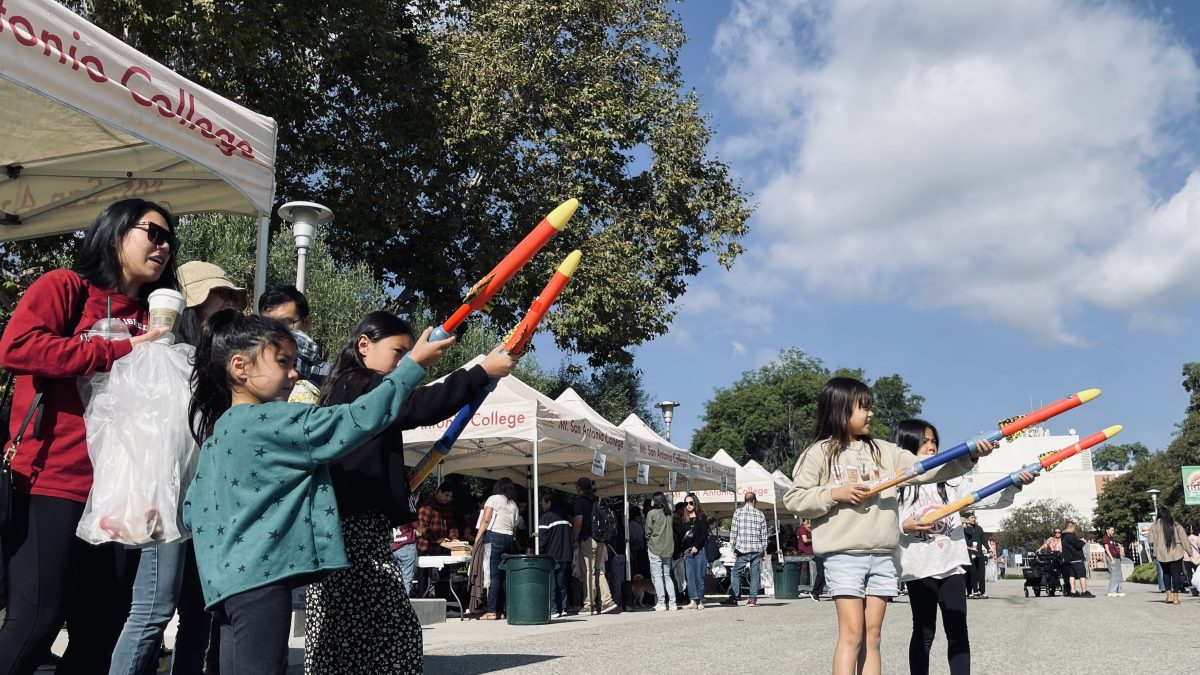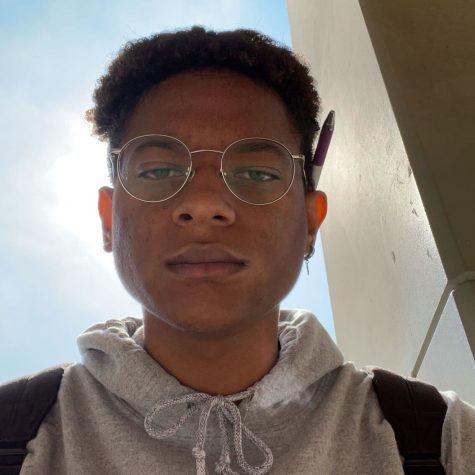Building 4’s quad area is filled with the sweet scent of science.
On Oct. 28 from 10 a.m. to 1 p.m., families of all ages were invited to join the festivities at the Family Science Festival, a free and engaging event sponsored by the Mt. SAC Chemistry Department, the Natural Science Division, Southern California Edison and Associated Students.
This event is not just a celebration of science but a tribute to the healing power of scientific knowledge. Science enthusiasts, young and old, could seek activities that delve deeper into the science of medicine on campus.
There were over 30 different activities for everyone to take part in; DNA building with marshmallows, guessing games of acid or base, creating lava lamps, robotics, making bubbles, slime and many more.
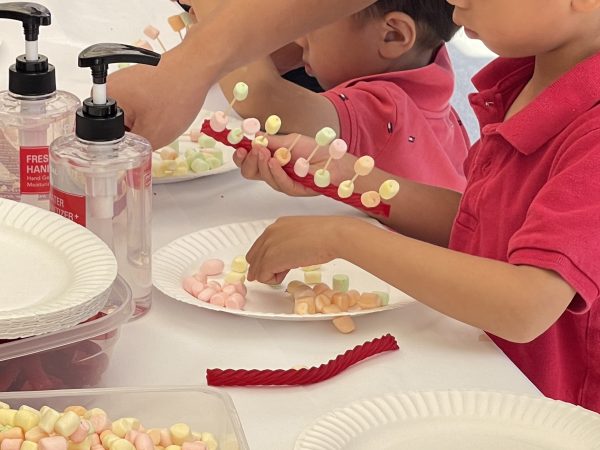
Some attendees had enjoyed the hands-on exploration, museum tours, and live demonstrations for the first time in their lives at the event, branding it a memorable experience.
Leo Zhao, computer engineering major, 19, had a booth to the right of the starting area. Zhao is one of the student volunteers that spoke about what this event means for participants and how fun it is to see people interested in equipment he uses often. He was at the rocket booth and showed onlookers the effects of force and gravity.
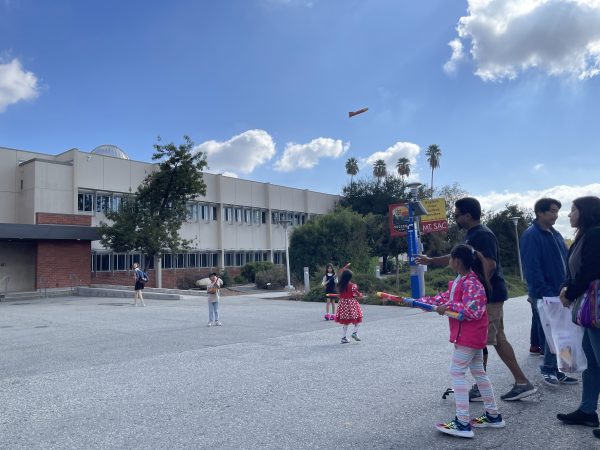
“I think the event is good to spark kids’ interest in science,” Zhao said.
Young children made up most of the foot traffic, enthusiastically moving from station to station to partake in as many of the activities as possible, often leaving their parents at the previous station to embark on the newest adventure.
To keep the scientific times rolling, a popular booth that consistently garnered crowds of attention was the Mentos geyser.
Every 30 minutes, event volunteers arrived in lab coats equipped with only a microphone, goggles, 2-liter bottles of Coke and packs of mentos. As one volunteer explained to bystanders why our soda is fizzy and what causes the soda to pop, another volunteer stood ready to rip off the tab and release the mentos.
After completing any activity, participants could receive one stamp from the booth. After 15 different stamps and turning in a survey, attendees could spin the wheel and win some scientific prizes.
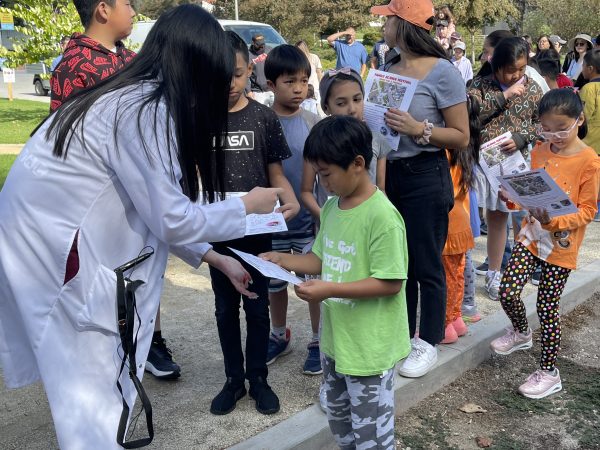
The best-kept secret of Mt. SAC was brought into plain sight because of the science festival. In the Meek Museum, there are different animals on display from scattered regions across Africa, North America and Asia. The museum is named after Barjona Meek, who reached out to Mt. SAC and donated over 85% of the animals currently on display.
Mark Cooper, professor of plant and animal biology, had been teaching various biology classes in his 26 years at Mt. SAC. As the director of the museum, Cooper spoke with guests finding themselves in the museum and highlighted how Meek was originally looking to give his collection to the Los Angeles County Museum of Art and the San Bernardino Museum.
All of these animals are taxidermied. This means that the animal’s exterior skin or fur is transferred onto a mold that replicates a life-sized version of the animal.
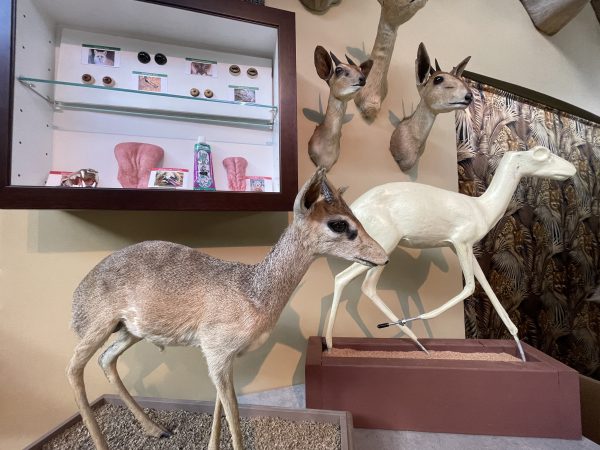
“Everyone asks if they are real and the answer is yes,” Cooper said. “Some see this place as a trophy room but my attitude is that I need this for education. The final for my class has students identify each animal, where they are from and some facts about them. My fear was if [Meek] didn’t find a place for it that it would end up as trash or in peoples’ dens with drinking hats on their heads.”
Luckily for Mt. SAC, none of the museums had the room to hold Meek’s collection of over 100 different animals and it now serves as a token of education for Cooper’s lectures.
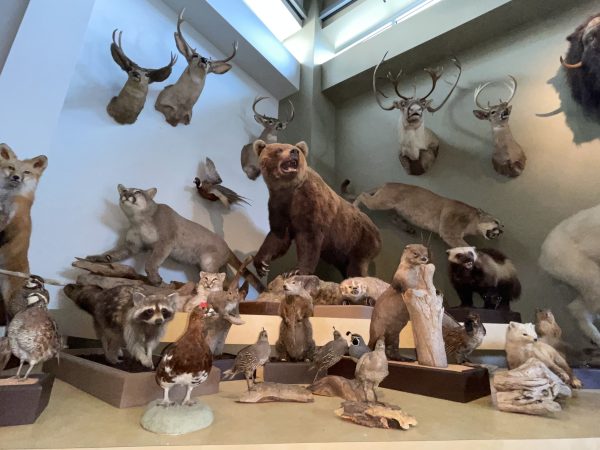
These life-sized animals invite attendees in for a closer experience compared to looking at videos of lions or standing behind a 10-foot perimeter at the other museums. Touching the displays is not allowed but viewers can be a hair’s distance away from wildlife.
The museum has been on campus in building 61 since 2009 and Cooper wished in the future for more funding to possibly get the museum staffed and running for public access. For now, this rare room gets locked away and is only opened for special events like the Family Science Festival.
It was an insightful event for those who participated and children were vocal about their excitement. The Family Science Festival is an annual event that typically is scheduled during the Fall semester.


